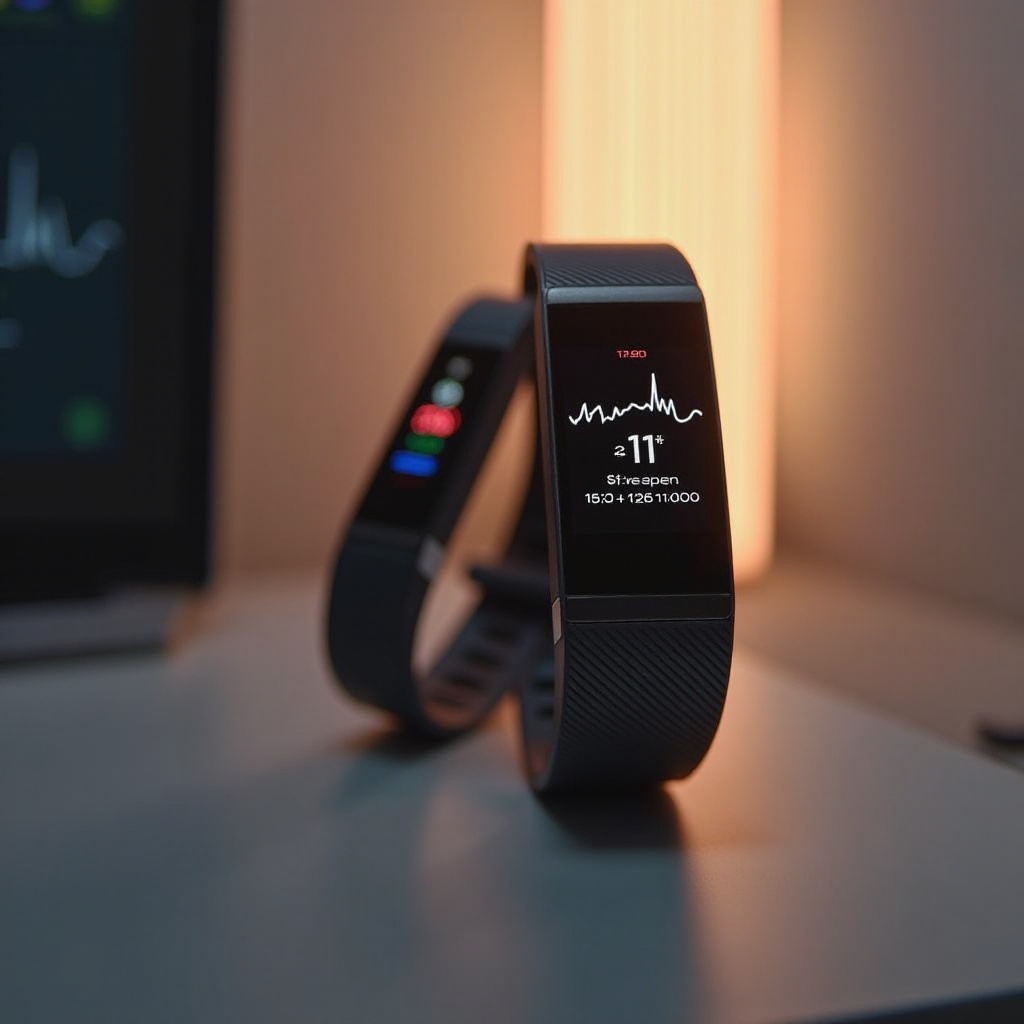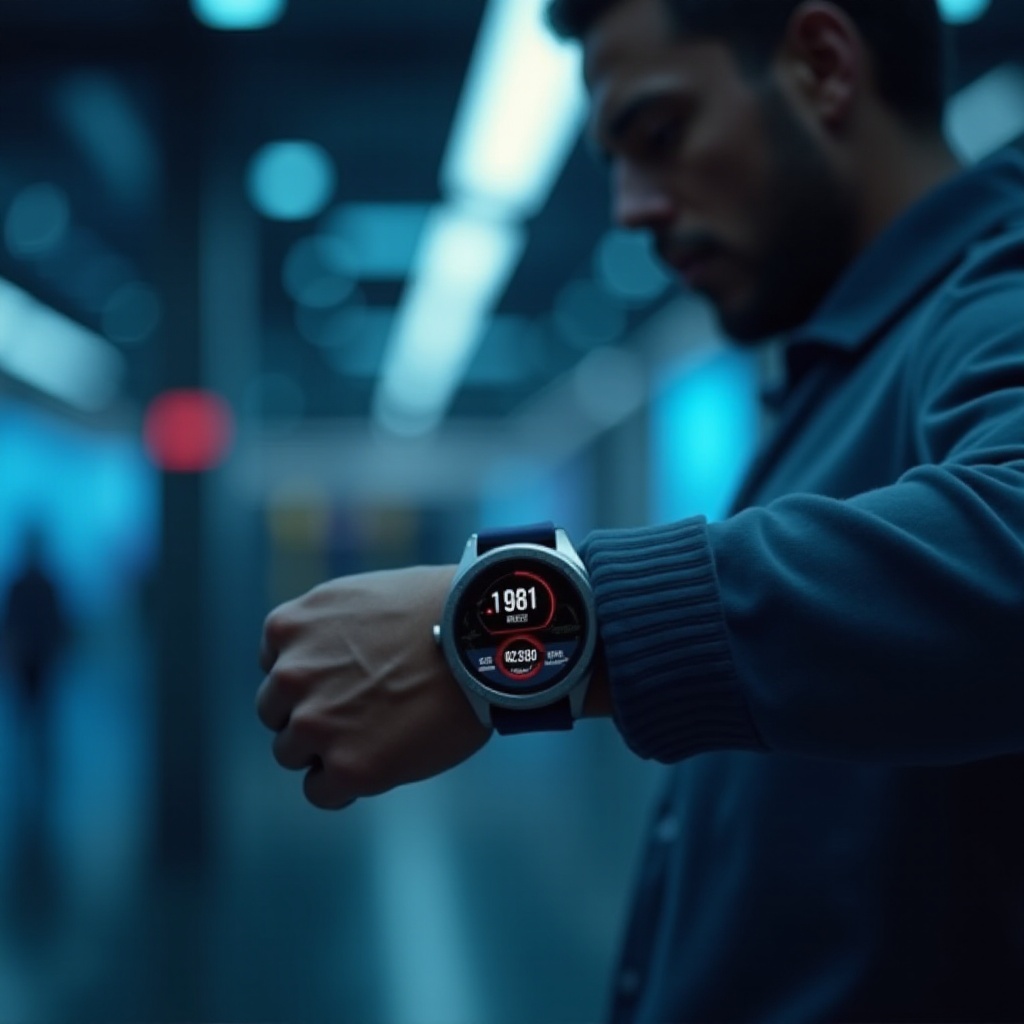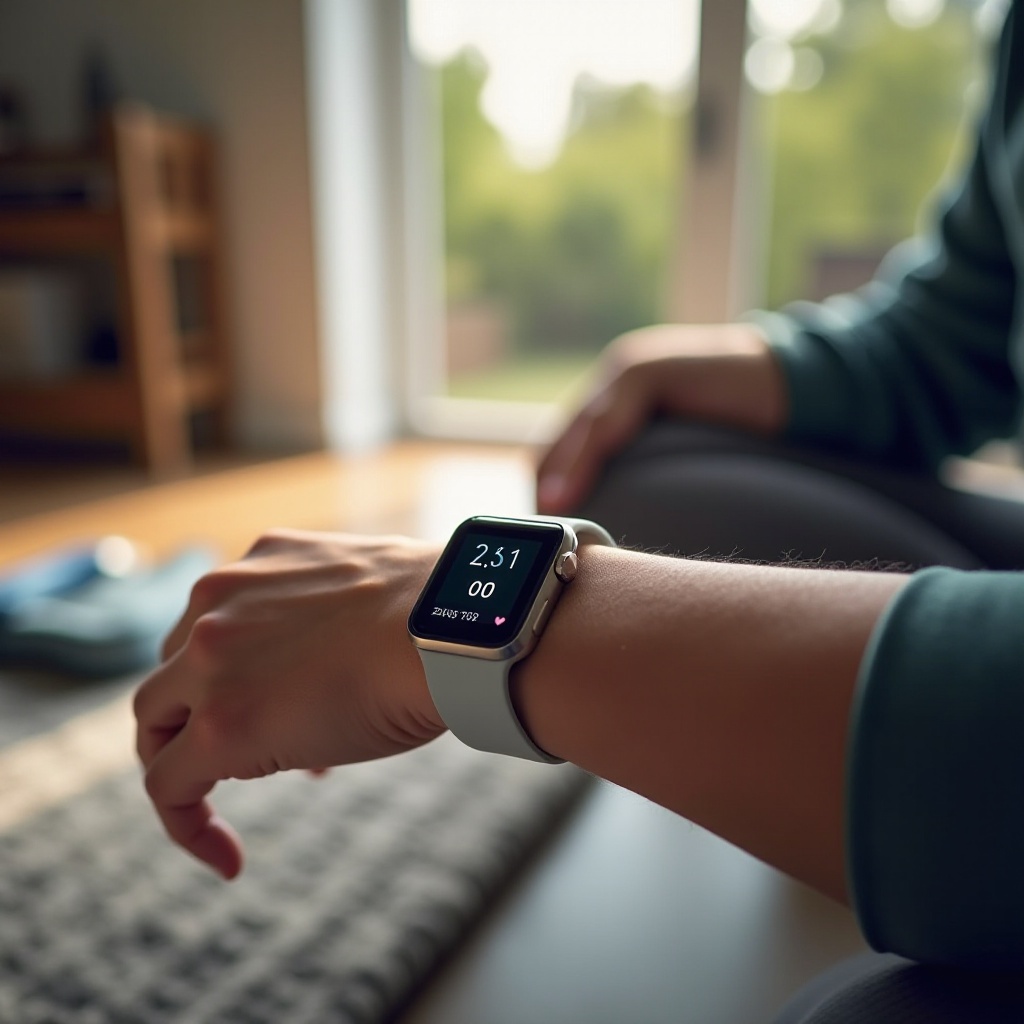In the rapidly progressing world of wearable technology, Fitbit has stood out as a pioneer, continually pushing the boundaries of health and fitness tracking capabilities. From their early days of step counting to the integration of advanced features like heart rate monitoring, sleep analysis, and GPS tracking, Fitbit has remained dedicated to adapting its offerings to meet the growing needs of health-centric consumers. Recently, consumer interest has increasingly focused on blood pressure monitoring—a critical health metric that provides insights into cardiovascular health and overall well-being. Although Fitbit currently lacks a device that can directly measure blood pressure, the company is undoubtedly exploring this frontier, much to the anticipation of its user base. In this article, we explore Fitbit’s current offerings, its potential for introducing blood pressure monitoring, and the broader implications of such a development in wearable technology.
Fitbit and Blood Pressure Monitoring: What’s the Current Scenario?
As it stands, Fitbit has not released a smartwatch or fitness tracker with the ability to measure blood pressure. However, this absence is more a reflection of the technological challenges involved rather than a lack of intent or interest. Fitbit’s existing lineup, including the popular Versa, Charge, and Sense series, showcases a robust array of health-monitoring features that set a strong foundation for future advancements. These models offer functionalities such as continuous heart rate monitoring, ECG (electrocardiogram) capabilities, and the measurement of blood oxygen saturation levels, demonstrating Fitbit’s capacity for advanced health technology integration.
The burgeoning interest in blood pressure monitoring among wearable tech consumers is driven by a desire for comprehensive health insights delivered conveniently and continuously through portable devices. Hypertension, or high blood pressure, is a predominant health concern globally, often going unnoticed due to its asymptomatic nature until serious health complications arise. A smartwatch equipped with blood pressure monitoring has the potential to transform preventive healthcare, providing timely alerts and motivating proactive health management.

Future Prospects: Anticipated Features for Fitbit Blood Pressure Monitoring
Patent Developments
In recent years, Fitbit has demonstrated its commitment to adding blood pressure monitoring features through the filing of several patents. These patents reveal the company’s innovative approaches, hinting at non-invasive methods that could be incorporated in future devices. Analyzing these documents, we find that Fitbit may utilize optical sensors combined with pressure-sensitive technologies, potentially allowing for accurate blood pressure readings without the need for traditional cuffs. Such a method would not only offer convenience but also integrate seamlessly into the lifestyle-driven design ethos of Fitbit devices. These strategic steps indicate an earnest endeavor toward achieving seamless blood pressure tracking in upcoming models.
Technological Advancements
The journey to integrating blood pressure monitoring within a smartwatch is fraught with technical challenges. Accuracy and reliability are paramount, as any deviation can impact user trust and health outcomes. Fitbit is reportedly investing in force-sensitive displays and cutting-edge sensor technologies to overcome these challenges. By harnessing machine learning algorithms, Fitbit aims to enhance the interpretation of sensor data, potentially allowing for rapid and accurate blood pressure readings in a compact wearable format. Furthermore, Fitbit’s collaborations with healthcare organizations and leading tech partners could accelerate the innovation process, bridging the gap between current capabilities and future aspirations. These advancements not only promise to elevate Fitbit’s offerings but also set a benchmark for the industry in health monitoring sophistication.

The Importance of Blood Pressure Monitoring in Wearables
The integration of blood pressure monitoring in wearable devices like smartwatches is more than just a technological advancement; it’s a leap forward in personal health management. Regular blood pressure monitoring is crucial for the early detection of hypertension, allowing users to address potential health issues before they escalate. Wearables equipped with this capability can provide users with a continuous overview of their cardiovascular health, highlighting trends and deviations that may correlate with lifestyle factors such as stress, diet, and physical activity. This democratization of health data empowers users to make informed decisions and engage in discussions with healthcare providers based on concrete data.
The demand for such comprehensive health-tracking tools underscores a shift in consumer expectations, where convenience and immediacy in health insights are becoming imperative. As a result, tech companies, including Fitbit, are prioritizing research and development in this area to meet these expectations and enhance user engagement and satisfaction.

Summary
In conclusion, while Fitbit has not yet launched a device with blood pressure monitoring capabilities, the evidence suggests that this feature is on the horizon. Through patent activities and technological innovations, Fitbit is laying the groundwork for future devices that will likely offer blood pressure monitoring alongside their existing suite of health features. As consumer demand for integrated health management solutions grows, Fitbit’s strategic focus on these advancements reflects its commitment to evolving into a comprehensive health partner for its users. The anticipated integration of blood pressure monitoring capabilities will not only enhance the functionality of Fitbit devices but also reinforce the company’s stature as an industry leader in health-focused wearable technology.
Can a Fitbit Measure Blood Pressure Accurately?
Currently, Fitbit devices are not designed to measure blood pressure accurately. Fitbit is primarily focused on tracking activity, heart rate, sleep patterns, and overall fitness levels. Although there is interest in integrating blood pressure monitoring into wearable technology, this feature requires highly advanced sensors and technology that Fitbit does not currently possess. Users interested in tracking their blood pressure should consider other dedicated medical devices, specifically those validated for clinical accuracy.
Which Fitbit Models Can Track Both Blood Pressure and Heart Rate?
Despite some misconceptions, as of now, no Fitbit models have the capability to track blood pressure. However, Fitbit devices such as the Fitbit Charge 5, Fitbit Sense, and Fitbit Versa series come equipped with heart rate monitoring capabilities and are excellent tools for tracking this vital sign. Fitbit is continually updating its technology, so it’s worthwhile to keep an eye on future product announcements for developments in this area.
How Can I Check Blood Pressure Using My Fitbit Device?
Since Fitbit devices do not currently have the functionality to measure blood pressure, you cannot directly check your blood pressure using a Fitbit. However, if you are interested in closely monitoring your overall cardiovascular health, you can use the heart rate monitoring features available on most Fitbit models. For tracking blood pressure, you would need to use a dedicated home blood pressure monitor and measure your readings independently, then manually log or integrate the data with a compatible health app if you wish to keep a comprehensive fitness and health record. Always consult with a healthcare professional for advice regarding blood pressure monitoring and management.
